W 1975 roku, w ruinach niewielkiej świątyni na zachodnim krańcu Palmyry, polscy archeolodzy odnaleźli świetnie zachowany posąg Ateny, którą w tym regionie identyfikowano z boginią imieniem Allat. Bogini ta, mimo że nie zajmowała czołowego miejsca w palmyreńskim Panteonie, była otaczana wielką czcią przez okoliczne plemiona arabskie.
Książka autorstwa samego odkrywcy, Michała Gawlikowskiego - profesora UW, wybitnego polskiego archeologa, badacza i znawcy Palmyry - zawiera nie tylko pogłębione studium posągu, ale również szczegółową analizę architektoniczną samego sanktuarium, istniejącego od I po IV w n.e. Autor na podstawie zachowanych reliktów rekonstruuje kolejne etapy funkcjonowania budowli oraz jej wystrój architektoniczny. Książka ta stanowi doskonały przykład interdyscyplinarnej publikacji naukowej łączącej analizę danych archeologicznych oraz źródeł epigraficznych i numizmatycznych, sięgającej także do studiów z zakresu historii sztuki i religioznawstwa.
Publikacja na licencji Creative Commons Uznanie autorstwa 3.0 PL (CC BY 3.0 PL) (pełna treść wzorca dostępna pod adresem: http://creativecommons.org/licenses/by/3.0/pl/legalcode).
*********
En 1975, la nouvelle d'une découverte exceptionnelle faite a Palmyre passa en éclair a travers le monde scientifique. En effet, une équipe d'archéologues polonais avait mis au jour dans les ruines d'un petit temple une statue en parfait état de conservation, celle d'Athéna que l'on identifiait a Allat a Palmyre. Déesse arabe, occupant une place secondaire dans le panthéon palmyrénien, jouissait d'une vénération particuliere de la part des tribus arabes environnantes.
Le livre de la plume du découvreur du monument, Michał Gawlikowski, professeur a l'Université de Varsovie, éminent archéologue, chercheur et grand spécialiste de Palmyre, propose non seulement une étude approfondie de la statue, mais aussi une analyse détaillée de l'architecture du sanctuaire qui fonctionna du Ier jusqu'au IVe siecle ap. J.-C. L'auteur, s'appuyant sur les données fournies par l'étude des vestiges préservés, retrace les étapes successives du fonctionnement de l'édifice ainsi que les changements de sa forme architecturale. Le livre constitue un excellent exemple d'ouvrage interdisciplinaire qui integre a l'analyse des données archéologiques des informations livrées par des sources épigraphiques et numismatiques, mais aussi puise dans l'histoire de l'art et dans celle des religions.
*********
The Sanctuary of Allat in Palmyra. PAM Monograph Series 8
In 1975, news of an exceptional discover in Palmyra rapidly made the rounds within the scholarly community. Digging the ruins of a small sanctuary, archaeologists from the Polish Centre of Mediterranean Archaeology University of Warsaw uncovered a very well preserved statue of the goddess Athena, identified in Palmyra with the tribal goddess Allat. This Arabian deity did not hold a leading position in the Palmyrene pantheon, yet was deeply worshipped by the local Arab tribes.
The book by archaeologist Michał Gawlikowski, the excavator who made the discovery and lecturer at the University of Warsaw, eminent scholar and expert on Palmyra and its antiquities, brings an in-depth study of this statue, set in a detailed examination of the architectural evidence for the sanctuary itself, which existed from the 1st through the 4th century AD. The author reconstructs successive stages in the development of this cult place and the respective architectural decor. The volume, in French, is an excellent example of an interdisciplinary approach to the study of archaeological excavation data, compared and critically analyzed in the context of a discussion on epigraphic and numismatic sources, reaching also into the fields of art. history and religious studies.
*********
Michał Gawlikowski - archeolog i epigrafik, w latach 1989-1991 dyrektor Instytutu Archeologii Uniwersytetu Warszawskiego, w latach 1991-2005 dyrektor Centrum Archeologii Śródziemnomorskiej Uniwersytetu Warszawskiego, kierownik wykopalisk w Palmyrze w Syrii (1973-2011), w Hawarte w Syrii (1998-2009), w Hatrze w Iraku (1990), w Dżerasz w Jordanii (1982-1984) oraz w Bidżan w Iraku (1979-1981). Jego imię jest jednak nierozerwalnie związane z Palmyrą. Odkrył m.in. świątynię Allata w Palmyrze i mitraum w Hawarte.
Opublikował: "Pomniki grobowe Palmyry" (1970), "Świątynia palmyreńska. Badanie epigrafii i topografii historycznej" (Palmyra VI, 1972), "Palmyra" (z Jean Starcky, Paryż 1985), "Palmyra" (2010, po polsku), a także ponad 200 artykułów na temat kultury Palmyry, archeologii Syrii w okresie rzymskim, bizantyjskim i arabskim, epigrafiki aramejskiej oraz handlu międzynarodowego w basenie Morza Śródziemnego i Morza Czerwonego.
W latach 1995-1996 członek Institute for Advanced Study w Princeton, od 2004 roku korespondent zagraniczny Akademii Inskrypcji i Belles-Lettres. Emerytowany pracownik Instytutu Archeologii na Uniwersytecie Warszawskim. Obecnie profesor archeologii w Centrum Archeologii Śródziemnomorskiej Uniwersytetu Warszawskiego.
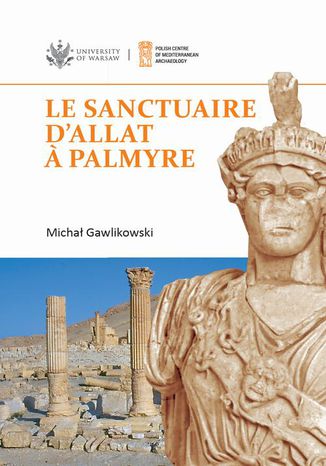

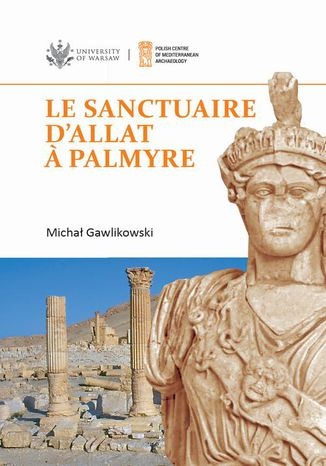
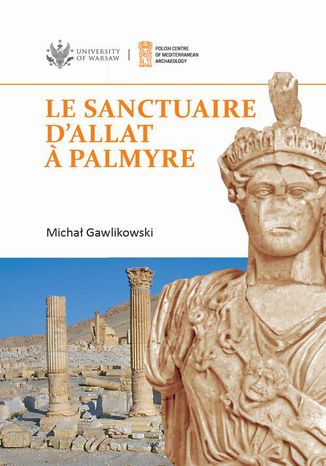




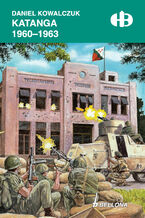

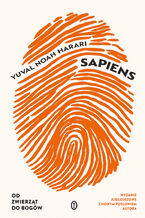

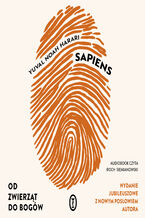


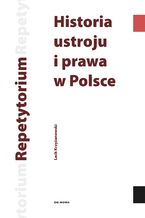


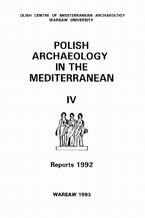
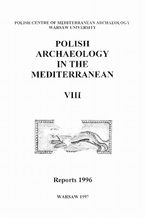
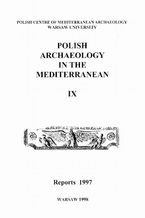
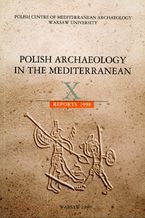
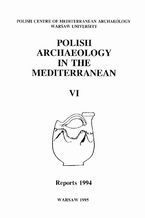
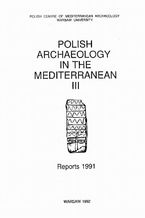
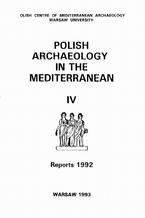
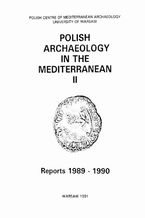
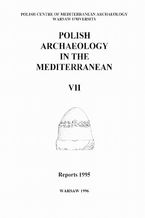










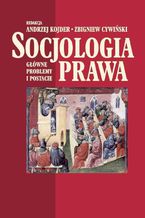
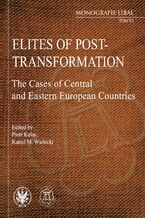
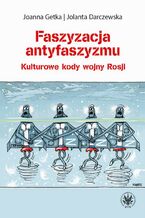




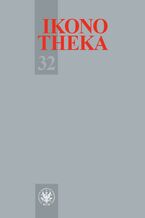
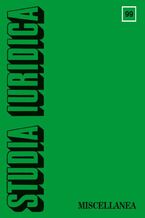


Oceny i opinie klientów: Le sanctuaire d'Allat Palmyre Michał Gawlikowski (1) Weryfikacja opinii następuję na podstawie historii zamówień na koncie Użytkownika umieszczającego opinię. Użytkownik mógł otrzymać punkty za opublikowanie opinii uprawniające do uzyskania rabatu w ramach Programu Punktowego.
Weryfikacja opinii następuję na podstawie historii zamówień na koncie Użytkownika umieszczającego opinię. Użytkownik mógł otrzymać punkty za opublikowanie opinii uprawniające do uzyskania rabatu w ramach Programu Punktowego.
- 6
- 5
- 4
- 3
- 2
- 1
5.0(0)
(1)
(0)
(0)
(0)
(0)